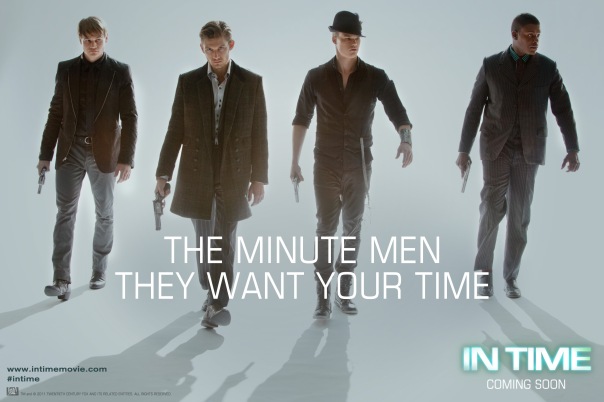
Source
A lot of people are spending time online today, so obviously advertising money is flowing to the internet as well. Yet, time is not really a factor at all when it comes to valuing online advertising. The length of time spend with the brand and the ad is the most important factor in determining the effectiveness of the ad. With banners and CPM, the advertising takes no consideration of the time.
I mean sure the repetition lead to clicks and eventual action, but the repetition itself has no real value. Especially as we are more and more "blind" to the banners and when compared to the well thought recommendations from our peers. Also I might close the browser window so fast that the banner didn't even load, still the advertiser pays the same amount when compared to the person who stays on the page for three minutes. A recent comScore study states that 31% of ads are delivered but never seen by a customer.
This CPM model drives publisher to deliver huge amount of impressions that create web page clutter and a poor user exprience. The problem becomes apparent when we think how effective the advertising is within content, or in many cases is the content. People are motived by and are looking to spend time with the content. Therefore the purchase cost for advertisers should be more like cost per second (CPS) model, where each second spend with the content is valued. The most valuable customers anyway spend time with the brand and therefore advertisers should be more willing to compensate publishers for those high-value users.
This is a very simplified expression on the idea that we will most likely develop further. But think about it. What if publishers would rather have less banners, and more highly valuable content that users are interested to spend time with. Isn't that the picture we all want the online publishing to be?




